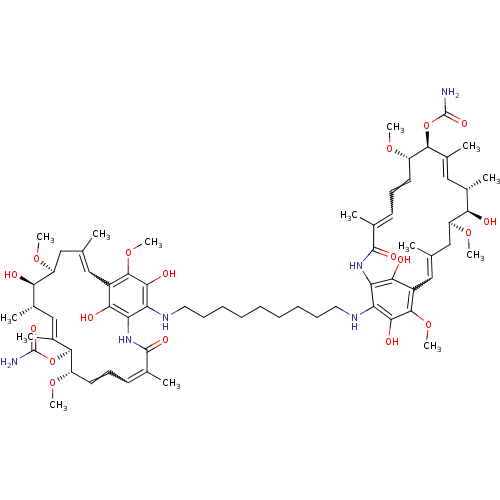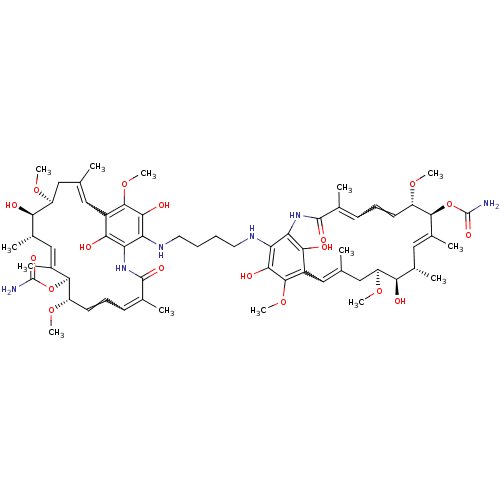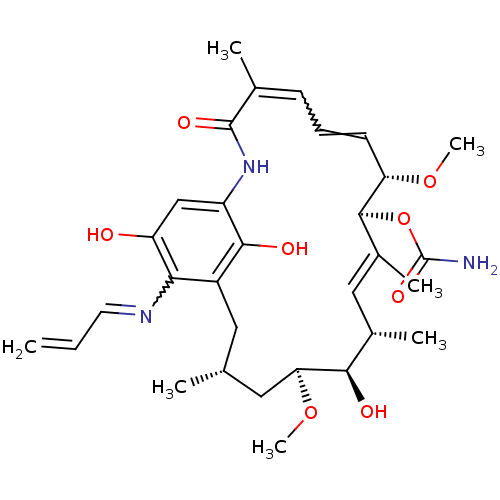TargetHeat shock protein HSP 90-alpha/90-beta(Homo sapiens (Human))
Memorial Sloan-Kettering Cancer Center
Curated by ChEMBL
Memorial Sloan-Kettering Cancer Center
Curated by ChEMBL
Affinity DataEC50: 45nMAssay Description:Displacement of GM-BODIPY from Hsp90More data for this Ligand-Target Pair
TargetHeat shock protein HSP 90-alpha/90-beta(Homo sapiens (Human))
Memorial Sloan-Kettering Cancer Center
Curated by ChEMBL
Memorial Sloan-Kettering Cancer Center
Curated by ChEMBL
Affinity DataEC50: 35nMAssay Description:Displacement of GM-BODIPY from Hsp90More data for this Ligand-Target Pair
TargetHeat shock protein HSP 90-alpha/90-beta(Homo sapiens (Human))
Memorial Sloan-Kettering Cancer Center
Curated by ChEMBL
Memorial Sloan-Kettering Cancer Center
Curated by ChEMBL
Affinity DataEC50: 465nMAssay Description:Displacement of GM-BODIPY from Hsp90More data for this Ligand-Target Pair
TargetHeat shock protein HSP 90-alpha/90-beta(Homo sapiens (Human))
Memorial Sloan-Kettering Cancer Center
Curated by ChEMBL
Memorial Sloan-Kettering Cancer Center
Curated by ChEMBL
Affinity DataEC50: 345nMAssay Description:Displacement of GM-BODIPY from Hsp90More data for this Ligand-Target Pair
TargetHeat shock protein HSP 90-alpha/90-beta(Homo sapiens (Human))
Memorial Sloan-Kettering Cancer Center
Curated by ChEMBL
Memorial Sloan-Kettering Cancer Center
Curated by ChEMBL
Affinity DataEC50: 91nMAssay Description:Displacement of GM-BODIPY from Hsp90More data for this Ligand-Target Pair
TargetHeat shock protein HSP 90-alpha/90-beta(Homo sapiens (Human))
Memorial Sloan-Kettering Cancer Center
Curated by ChEMBL
Memorial Sloan-Kettering Cancer Center
Curated by ChEMBL
Affinity DataEC50: 45nMAssay Description:Displacement of GM-BODIPY from Hsp90More data for this Ligand-Target Pair

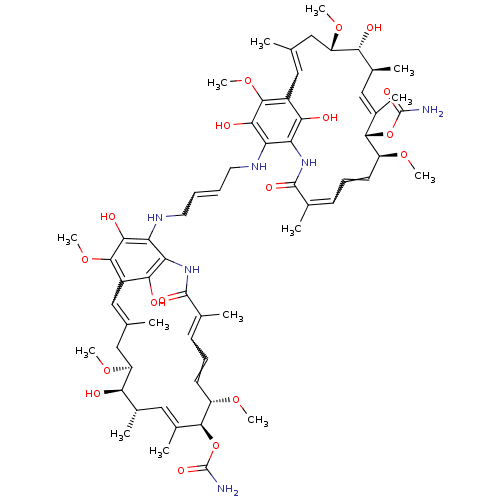

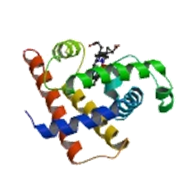 3D Structure (crystal)
3D Structure (crystal)